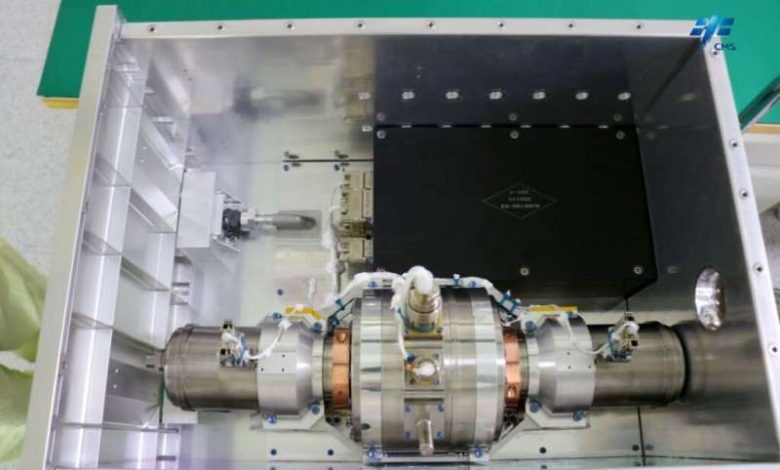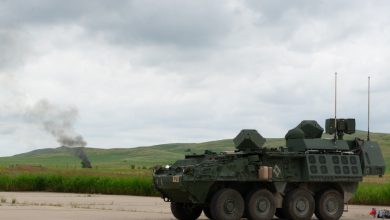China tests a Stirling engine in orbit

The China National Space Agency (CNSA) has made considerable progress in recent years with the development of its Long March 5 (CZ-5) rocket and the completion of its Tiangong-3 space station.
The agency also turned heads when it announced plans in June 2021 to create an International Lunar Research Station (ILRS) that would rival the Artemis Program. On top of all that, China upped the ante when it announced later that month that it also had plans to send crewed missions to Mars by 2033, concurrent with NASA’s plans.
As part of their growing efforts to become a major power in space, which includes human exploration, China recently announced the completion of the first in-orbit test of a Stirling thermoelectric converter. The Shenzou-15 mission crew performed the test aboard Tiangong-3, and it was the first successful verification of the technology in space. This technology is also being investigated by NASA and is considered a technological solution to the challenges of space exploration, especially where long-duration stays and missions to locations in deep space are concerned.
Similar to how hydroelectric dams generate power, a Stirling unit converts heat into electrical energy through a series of piston-driven magnets. These pistons rely on a fuel source to generate heat, pushing the magnets back and forth through a coil of wire, generating electrical current. This process is known as the Stirling cycle, which is more efficient than solar-powered systems and conventional batteries. Compared to other power systems, it is also lightweight, has a simple structure, a quick start-up cycle, and produces minor vibrations and low noise.
All of this makes the technology appealing to spacecraft engineers and mission planners, who see it as a more sustainable means for providing power to spacecraft and surface habitats. On the one hand, it can reduce their dependence on solar energy, which is limited by solar cell efficiency and is not always accessible in certain environments. Around the moon’s South Pole-Aitken Basin, where multiple agencies plan to build research stations before the end of the decade (including China’s ILRS), a lunar night lasts fourteen days.
The Stirling power converter was developed by the Lanzhou Institute of Physics at the China Academy of Space Technology (CAST). It was transported aboard the space station by the Shenzou-15 crew and installed in the equipment cabinet in the Mengtian lab module. As the China Global Television Network (CGTN) reported, three in-orbit experiments were carried out in the lab module before the test run. The converter produced a stable power supply throughout, reportedly achieving a level of thermoelectric conversion efficiency that reached “an advanced international level under the same isothermal ratio.”
When paired with a nuclear reactor as a power source, Sterling engines could allow for long-duration stays on the moon and Mars, augmenting solar power, batteries, fuel cells, and other conventional power sources. NASA is currently researching the technology as part of its Kilopower Reactor Using Sterling Technology (KRUSTY) experiment, which evolved from previous efforts to develop nuclear power applications for space exploration. NASA and DARPA recently announced a partnership to test a prototype nuclear thermal propulsion system in space (scheduled for 2027).
Shortly after that, the UK Space Agency (UKSA) announced they had contracted with Rolls-Royce to develop nuclear systems for space exploration, which could power a future lunar base. These and other attempts to realize next-generation power and propulsion systems are part of a growing effort to realize the next great leap in space exploration. They also reflect an undeniable truth about the modern space age: it’s an international affair characterized by competition and cooperation.





